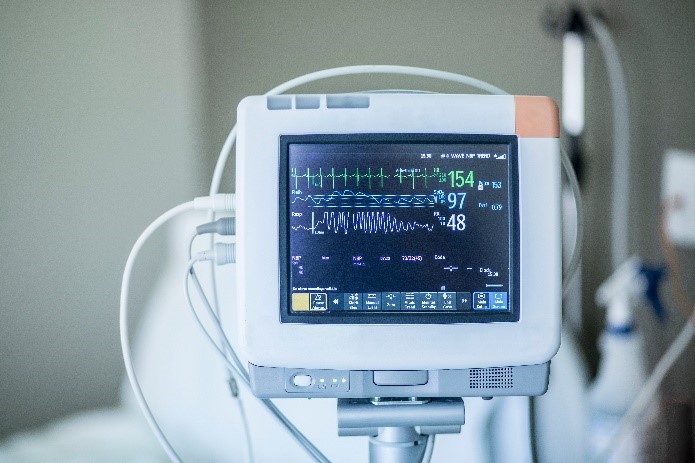Free Courses Sale ends Soon, Get It Now


Free Courses Sale ends Soon, Get It Now



Disclaimer: Copyright infringement not intended.
Context
Background
A ransomware attack is a computer virus that encrypts one’s essential files and renders them inaccessible unless the hacker is paid for the key to open them.
Recent Ransomware attacks
Medical devices to malware
Concern
Vulnerable population
Inadequate systems
Way Ahead: Data governance needed
TYPES OF MALWARE: https://www.iasgyan.in/blogs/malwares-and-its-types
|
PRACTICE QUESTION Q. Cybersecurity threats to medical devices are a growing concern. As security risks continue to rise, the need for greater levels of automation in conjunction with smart and intelligent AI-based tools becomes ever more necessary. Substantiate. |
© 2024 iasgyan. All right reserved